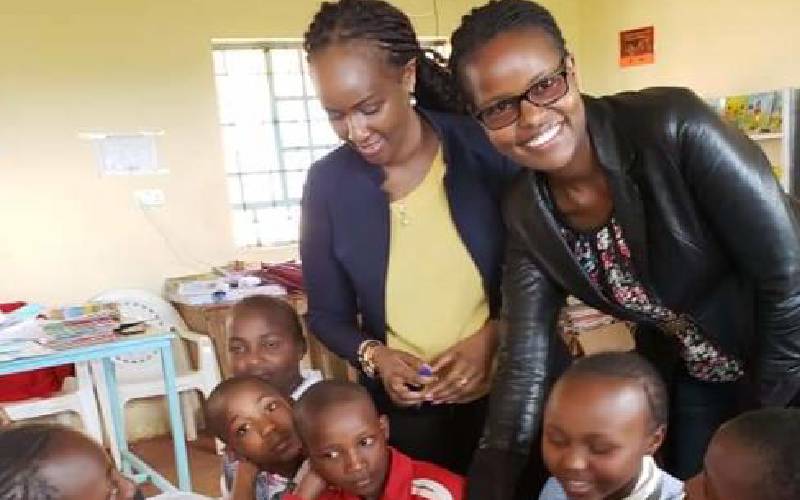×
The Standard e-Paper
Kenya's Bold Newspaper

For two years, Catherine Njore has been mentoring children in rural schools in Kieni Constituency on drawing maps and reading for fun.
Ms Njore, a senior cartographer at Dedan Kimathi University of Technology, has been setting up book clubs for children in rural schools through her community-based organisation, Thinkwords.